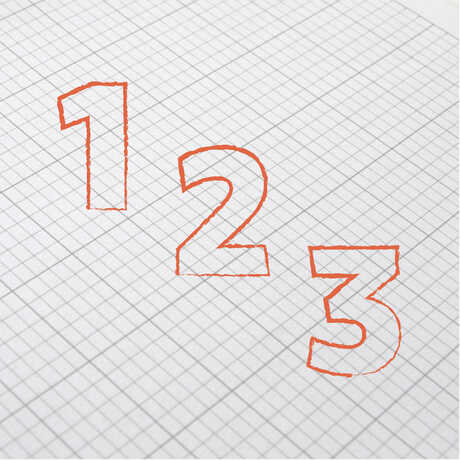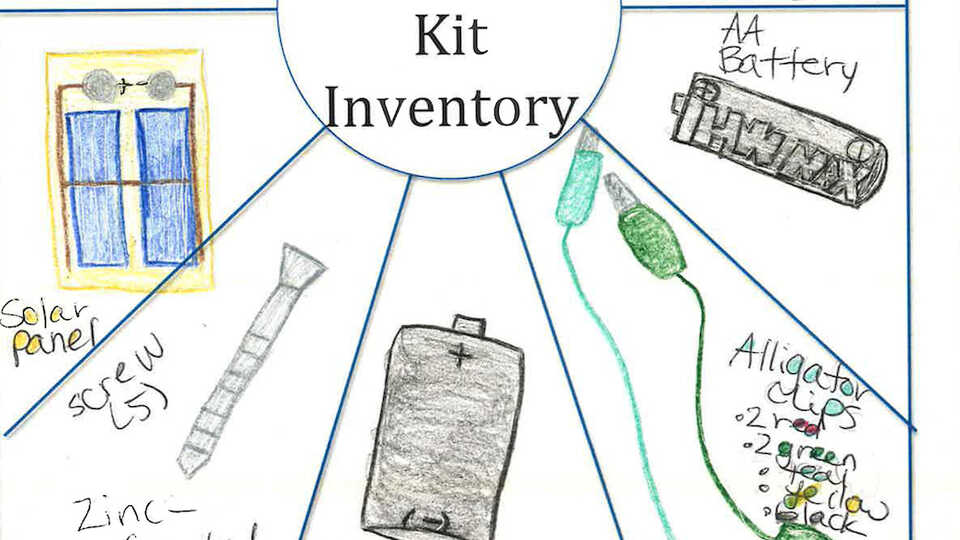
During this activity, students will:
- Become familiar with important tools/materials for upcoming unit

In this lesson, students learn to use Windowpanes to take stock of materials at the beginning of an investigative unit.
During this activity, students will:
What materials will we be using in this unit?
Before launching into a unit, it’s worthwhile to spend a session taking stock of the materials students will be using. We recommend this strategy if students will be using a handful of materials repeatedly during the unit. For instance, you could do a Kit Inventory at the beginning of a circuits unit to introduce materials like alligator clips, batteries, battery holders, LED light bulbs, and incandescent bulbs. Or, you could do a Kit Inventory at the beginning of a weather unit, in order to introduce thermometers, barometers, compasses and wind gauges. This period of time spent examining, handling and sketching enables students to explore the items and make some inferences about how to use them. Students will have to observe the items closely in order to sketch them. During this close study, they may notice features they would otherwise miss.
1. Have students retrieve their notebooks, open up to a new page, title it “Inventory” and add this page to the table of contents.
2. Tell students you’d like to give them a chance to become familiar with the materials/tools/equipment they’ll be using for the next several weeks.
3. Instruct students to examine each item in the bin and to sketch them in the spaces provided on the Windowpane. It’s fine if students don’t know the names or uses of the items at this point. Remind them of the successful components of a scientific sketch.
4. Encourage students to make guesses about what each item is. They should include their guesses, questions and observations in their sketches. It may help to model this process with one of the items, using a document camera and the class notebook.
5. Raise one item at a time and ask students to share their observations in pairs or with the whole class. Depending on the nature of the items, consider asking some of these questions:
6. You can take this opportunity to share the actual name of each item so that your class can develop a common language for the unit. Give students a chance to add the name to each sketch.
7. We don’t recommend telling the students too much about each item at this time. What’s important is that they have observed the materials and invented or learned names for them. Leave the rest for them to discover when they begin investigating.
The Windowpane can also be used to introduce vocabulary, instead of materials. Choose 4-8 of the most important terms you expect students will use repeatedly throughout the unit. Write these terms on the board and give students time to write each word in its own section of the Windowpane. After they have written a word, encourage them to use language clues and/or associations to guess the meaning of the word. Give them time to draw and write these associations around the word in their Windowpane. Depending on your purpose for the activity, you have two choices for wrapping up:
Amaral, O., Garrison, L., & Duron-Flores, M. (2006). Taking Inventory. Science and Children, 30-33.
Klentschy, M. (2008). English Language Development and the Science-Literacy Connection. In Using Science Notebooks in Elementary Classrooms (pp. 79-87). Arlington: NSTA Press.

Learn how notebooks can help your students think and act like scientists.